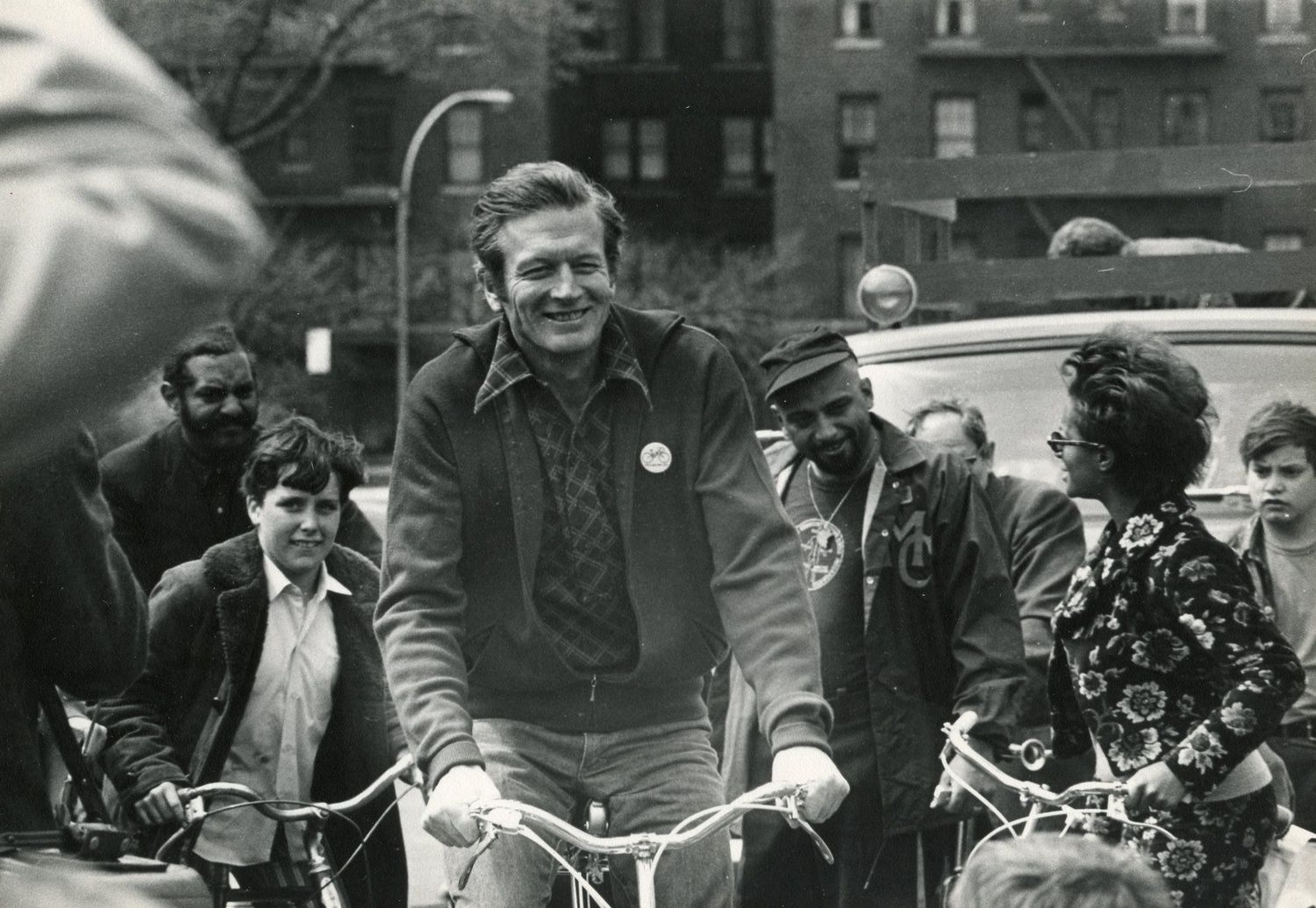This story was originally published on April 17, 2015.
Think Earth day was started by a group of tree-hugging hippies? That’s just part of the story. In fact, the first Earth Day was actually the brainchild of a U.S. Senator from Wisconsin. And according to environmental historian Adam Rome, author of The Genius of Earth Day, Sen. Gaylord Nelson’s story itself is pretty amazing.
Nelson had been governor of Wisconsin in the late ‘50s and early ‘60s and was already interested in environmental issues back then. By the time he was elected to the Senate, he had decided that the environment was the great challenge of the ‘60s.
He introduced legislation in the Senate dealing with issues like pesticides and water pollution, but none of it passed. Finally, in 1969, he decided he needed to try a different approach and came up with the idea for what eventually became Earth Day.
LISTEN: “The Motley Crew That Created Earth Day”
“There’d been a disastrous oil spill off Santa Barbara, California, and he had been out there to see it,” Rome says. “Then, when he was flying back to Washington, he read an article about a tactic that the anti-Vietnam War movement had used earlier in the decade to raise awareness and to really spark action. And that was the teach-in—a kind of politicized extracurricular event on campuses. He thought the same thing about the environment could really energize and empower people.”
Nelson’s own Senate staff was soon overwhelmed by the interest in a national environmental teach-in, and so he hired a small staff of 20-somethings to help him.
Rome says the real genius of Earth Day was its organization. It brought together the power of the Washington establishment—which Gaylord Nelson represented—with the unbelievable creativity and energy of the grassroots. It was the thousands of local organizers around the country that really made Earth Day happen.
And Rome says it was a motley crew—students, politicians, protesters, and surprisingly, industry. Even the United Auto Workers got involved.
“Walter Reuther, the head of the UAW, resolved that they were going to make the environment a bargaining issue,” Rome says. “They weren’t happy about making cars that were huge air polluters. Unfortunately, Reuther died in a plane crash just a few weeks after Earth Day and was never able to continue what he had begun to do.”
Women also played a big role, according to Rome.
“Housewives were very important, for a lot of reasons. This was an important way for them to do something politically, to do something outside the home, but often to protect the health and well-being of their family and their community.”
WATCH: “How CBS Covered Earth Day in New York City”
Rome says it was more than a day. Earth Day gave the environmental movement a name.
“It brought together, literally, often on the same stage, activists who had worked separately before. You know, air pollution—none of the national conservation groups worked on that. That was all local organizations like Stamp Out Smog in Los Angeles. And all of a sudden, people who had worked on wilderness, or who had worked on air pollution or water pollution, or pesticides or sprawl, suddenly began to think that these issues weren’t separate.”
After Earth Day, there were volumes of books published about the environment, environmental studies programs sprang up at universities and the environment became a beat for journalists.
“And after Earth Day, there’s this tidal wave of environmental legislation: the Clean Air Act, Clean Water Act—you name it. That probably wouldn’t have happened, or certainly in not so quick and uncontroversial a form, without Earth Day,” Rome says.
All of that from one senator and a diverse group of people who thought the environment was worth talking about.



